Overview
Map
Other Details
كنيسة مار روحانا
Ain Kfaa
Jbeil
Mount Lebanon
بناها الخوري يوحنا إبن الخوري فرج الحداد، وقد عُثرَ على قرطاس في كنيسة تحوم يؤيّد ذلك.وكنيسة مار روحانا مشيّدة على بقايا برج روماني قديم آثاره ما زالت ماثلة، فزاويته الجنوبيّة الغربيّة راسخة على حجارة ضخمة من نفس مقلع حجارة بعلبك بحسب الخبراء. اما درج الكنيسة فداخليّ، وفي خاصرة حنية الكنيسة حجرة مخفية أعدّها القدماء مدفنًا لكنوزهم.وبالقرب من هذا المعبد، اكتشف الأثريّون مدافن قديمة واستدلّوا على منزلة مهمة لمن سكن في هذه الأماكن الأثريّة.تجدر الإشارة إلى أنّ مار روحانا المرنّم هو لقب محبّب للسريان معناه الروحانيّ، يطلق على مار قبريانوس الناسك.St Rouhana’s church - Aïn kfaaIt was built by Fr. Youhanna son of Fr. Faraj Al Haddad, as it is attested in a manuscript belonging to the parish of Thoum.The church is built on top of an old roman tour, the stones of which are quarried from the same source as the Great temples of Baalbek. The church has an indoor stone ladder.Near the church many roman ruins where found and a noble necropolis.St Rouhana the cantor is a title given by the syriacs and is translated to "the spiritual", it is given to St Cyprian the hermit.
Visited 5238 times, 5 Visits today


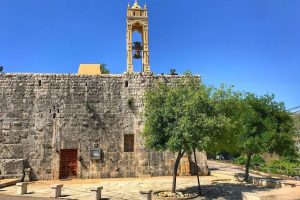
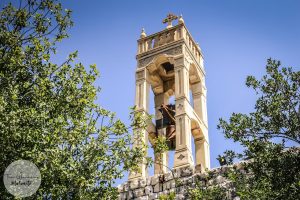
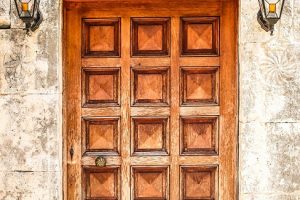
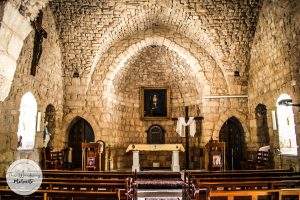
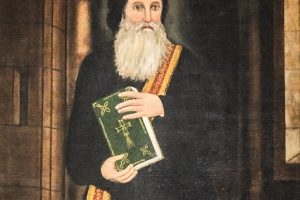
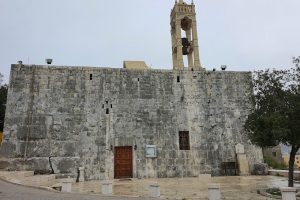
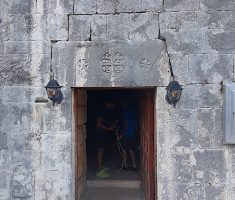







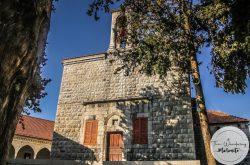
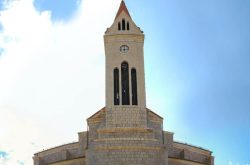
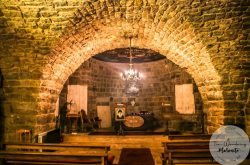
Reviews are disabled, but trackbacks and pingbacks are open.